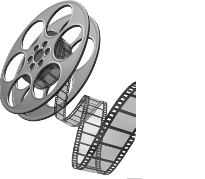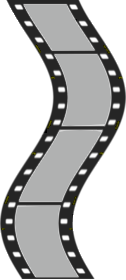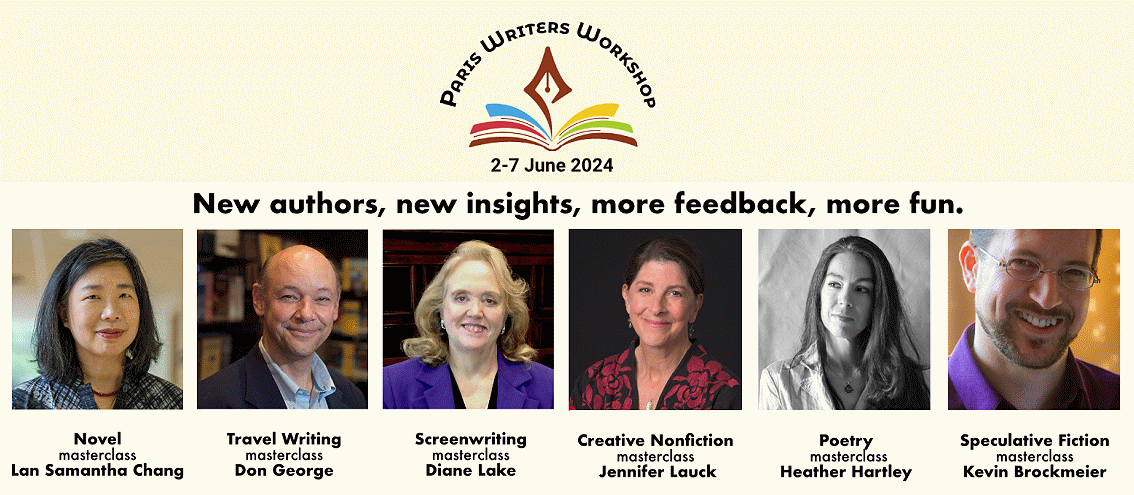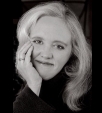
From Idea to Script to Sale





Before I get to today’s blog…
Thinking about doing more with your writing? Why not join me in Paris June 2-7 for my Masterclass in Screenwriting? Come be part of a dynamic community of writers and literary agents to learn, to write, to network, to energize your literary goals—and just to have fun in the City of Light!
The Paris Writers Workshop is the longest running literary program of its kind. This program offers 6 masterclasses by renowned authors, each a specialist in their field—and I’ll be teaching the Screenwriting Masterclass—in English, of course.
The workshop will be held at Columbia University’s beautiful Reid Hall campus in the heart of literary Paris—Montparnasse.
Registration is now open: https://wice-paris.org/paris-writers- workshop
We’ll have a great time getting your story ideas off the ground!!

Seeing Stories Everywhere--1
Where do stories come from? How do ideas present themselves?
First, you have to really look and notice everything around you. And second, ideas don’t present themselves, you have to cultivate them.
How do you look? It’s really harder than you think—especially if you don’t leave your house or vary your routine. After all, if you see something every day, you get used to seeing how it looks, so if there was something slightly different in your yard on a Tuesday, you might not notice it at all because everything else is the same and that one little difference might not stand out.
One of the best ways to up your looking potential is to expose your senses to something new. Take a drive—in fact, drive down roads you haven’t driven on before. If you head down new roads, you’ll be exposed to new stimuli—new stimuli means your potential for coming up with new ideas increases dramatically.
But these days, most of us are—of necessity—staying home. So you’re stuck with the familiar. So you might have to work harder to see something new that can generate that story idea.
I spend most of my day in my office where nothing much changes. And the most exciting thing that’s happened lately happened three days ago—a caterpillar, a big one, about 4 inches long, appeared on the screen of the sliding glass door. The screen is an accordion-type thing that folds all the way up at one edge of the door to provide an unobstructed view through the glass, but the screen hadn’t been folded up at one end but was instead covering the whole sliding glass door. And there, on the bottom of the screen, was the caterpillar…seemingly just sitting there.
It sat there all day, until after the sun set when it began to crawl up the screen. When I left my office at 1am, the caterpillar had climbed a long way—to the top of the very tall screen. But the next morning, the caterpillar was back—on the bottom of the screen. And this time it stayed there all day and only moved a few feet up the screen. But this morning—gone. No sign of it at all.
So that’s a new thing I saw that I hadn’t seen before. How does it become a story idea?
Research. If I want to write a story about a caterpillar, I have to know what they’re all about. What’s their life cycle? I discovered that they spin a cocoon or chrysalis and can stay in it from 5 days to two weeks to much longer if it’s winter. Usually this is done in a tree or bush. In a few minutes on the internet I found out tons of stuff about caterpillars.
So at this point, I’ve looked around, seen something of interest, and looked into it—tried to understand it from different angles. But how do I get to the next step and turn that idea into a story?
That’s what we’ll explore next week!
Copyright © Diane Lake
11Oct20